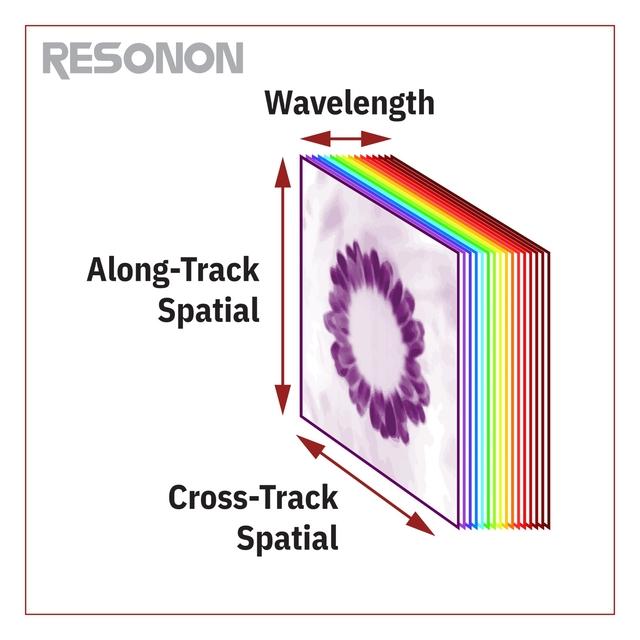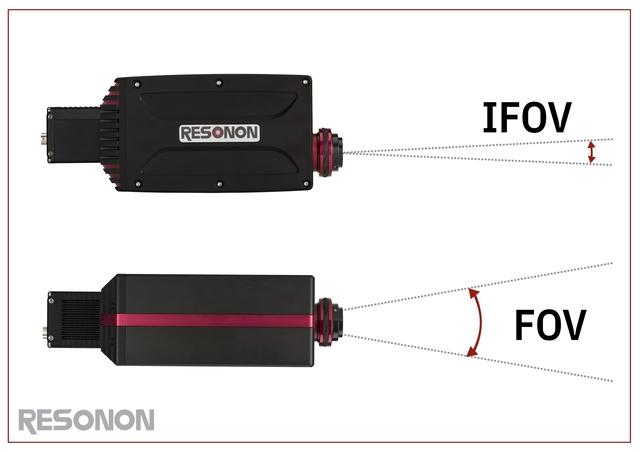

Hyperspectral Imaging 101: Terminology Glossary
By Casey Smith, CTO & Senior Scientist - October 11, 2023
Like most technologies, hyperspectral imaging (or HSI for short) has its own jargon and terminology. Here we provide a glossary of key terms to help you better understand the language of hyperspectral imaging.
Hyperspectral Concepts
First, we will discuss a few concepts that will make the terminology clearer.
Conventional color imaging records the light spectrum from an object in three broad channels, typically red, green, and blue (RGB). This type of imaging effectively provides us with a bar chart approximation of the actual light spectrum. By comparison, hyperspectral imaging records the spectrum in many tens to over a hundred distinct channels that match very closely the true distribution of wavelengths.
Conventional color imaging records the light spectrum from an object in three broad channels, typically red, green, and blue (RGB). This type of imaging effectively provides us with a bar chart approximation of the actual light spectrum. By comparison, hyperspectral imaging records the spectrum in many tens to over a hundred distinct channels that match very closely the true distribution of wavelengths.
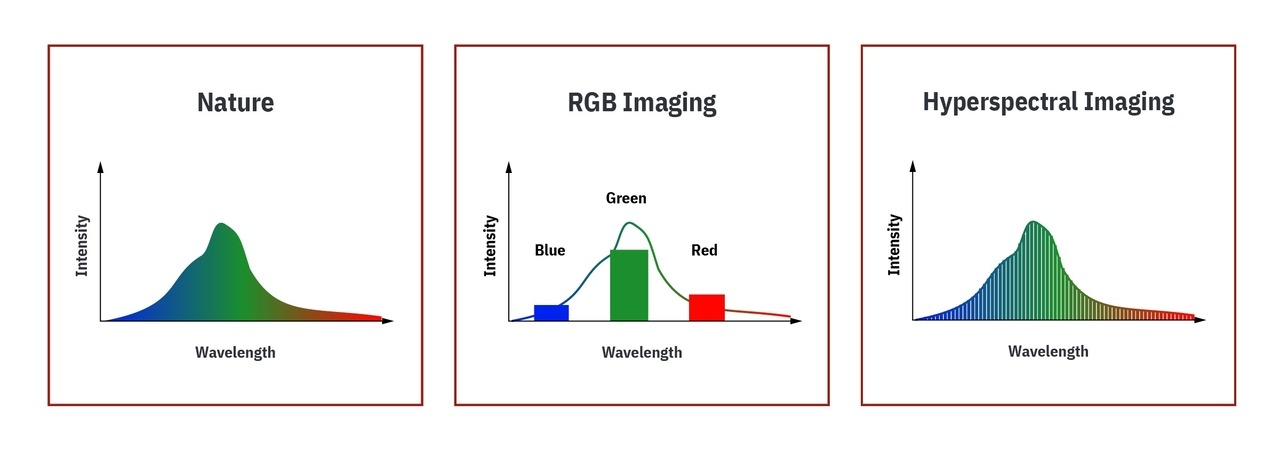
Figure 1: Comparison between how a natural spectrum of light is represented with RGB Imaging (middle) and with Hyperspectral Imaging
The human eye is basically a 3-color channel device that is sensitive to wavelengths from 400 to 700 nm. Hyperspectral imagers can detect spectral ranges that extend beyond that of the human eye, so they can see what our eyes cannot.
All Resonon’s hyperspectral cameras are line-scan imagers. Line-scan imaging (sometimes called push broom imaging) is the process of collecting one line of data at a time. Figure 2. Shows a simplified schematic of the process. The full spectrum for each pixel in the line is collected simultaneously. This line of pixels is the cross-track spatial dimension of the datacube. Either the camera or the object being scanned translates or rotates, building up the along-track spatial dimension of the datacube.
All Resonon’s hyperspectral cameras are line-scan imagers. Line-scan imaging (sometimes called push broom imaging) is the process of collecting one line of data at a time. Figure 2. Shows a simplified schematic of the process. The full spectrum for each pixel in the line is collected simultaneously. This line of pixels is the cross-track spatial dimension of the datacube. Either the camera or the object being scanned translates or rotates, building up the along-track spatial dimension of the datacube.
Figure 2: Schematic of a line-scan hyperspectral imaging system
Hyperspectral Terminology
- Spectral Range: The range of electro-magnetic wavelengths (e.g., light) in nanometers (nm) over which the instrument collects data. For reference, visible wavelengths span from approximately 400 nm to 700 nm. See Figure 3.

Figure 3: Schematic showing several spectral ranges and the corresponding wavelengths
- Datacube: The complete data associated with a hyperspectral scan including the light intensity at each wavelength for each pixel. Like color (RGB) images, datacubes have two spatial dimensions and one spectral dimension. See Figure 4. However, in a hyperspectral datacube, the spectral dimension contains light intensity for many channels (as opposed to only three colors in RGB images).Figure 4. Representation of a datacube for a flower
- Spatial Channels: The Spatial Channels are the number of pixels along the long dimension of the line-scan line, also called the cross-track spatial dimension. See Figure 4.
- Spectral Channels: The number of contiguous bands the instrument measures across the Spectral Range. Most cameras you experience day-to-day, like the camera in your cell phone, are color cameras that only have three spectral channels (Red, Green, and Blue), as opposed to the hundreds of spectral channels of a hyperspectral imager.
- Spectral Resolution: The narrowest spectral feature, usually specified in nanometers (nm), you can measure with the instrument.
- Spectral Sampling: The Spectral Range divided by the number of Spectral Pixels. The Spectral Sampling is often narrower than the Spectral Resolution. The reason for this is that the optics blur the signal from a single point to a size larger than a pixel.
- Max. Frame Rate: The maximum line-scan rate of the imager, usually specified in Frames Per Second (FPS). This is how quickly successive lines of data can be collected, not the frame rate for acquiring an entire 2-dimensional image of a scene or object, which depends on the number of lines contained within the scan.
- Bit Depth: The bit level of the data recorded for each channel. For example, a Bit Depth of 12 means 2^12, or 4096, discrete values to record signal values for each spectral channel.
- f/# (“f-number”): The f/# is a measure of the optical aperture of the hyperspectral system and is a quantity that is needed to determine how much light is collected. f/# for a hyperspectral imager means the same as it does for a conventional camera.
- Binning: The process by which multiple pixels are lumped together into a single spatial or spectral channel to increase signal, and signal-to-noise ratio. The tradeoff is a loss in spatial or spectral resolution.
- Pixel Size: The center-to-center physical distance between pixels on the sensor array.
- Pixel Well Depth: The maximum number of electrons a pixel can store before saturating.
- Slit Width: The width of the slit through which light passes as it enters the hyperspectral imager.
- Spectrometer Magnification: The ratio between the slit image width on the hyperspectral sensor’s array and the physical slit width.
- Field of View (FOV): The Field of View defines the angular range imaged along the long dimensionFigure 5. Schematic showing the Field of View (FOV) and Instantaneous Field of View (IFOV) of a line-scan imager
- Instantaneous Field of View (IFOV): The Instantaneous Field of View defines the narrow angular dimension of the line imaged by the hyperspectral imager, reported in units of milli-radians. The IFOV is also changed when a different objective lens is used on the hyperspectral camera.
- Multispectral Imaging: Technically, multispectral imaging is a different technology than hyperspectral imaging, there is some overlap. Multispectral imaging generally has between 4 and 16 spectral channels, as opposed to hyperspectral imaging's many 10's or 100's of spectral channels. In some applications, hyperspectral imaging can find a few prominent wavelengths that are important, after which a multispectral imager can be used.
of the line imaged by the hyperspectral imager, reported in units of degrees. The FOV of a hyperspectral imager can be changed by using a different objective lens.
Hyperspectral Acronyms
- SNR (Signal to Noise Ratio): The ratio of measured signal to noise in a measurement.
- UV (UltraViolet): Light with a wavelength shorter than visible wavelengths, usually defined as <400 nm.
- NUV (Near UltraViolet): Light with a wavelength somewhat less than visible light. Boundaries for this range are not strictly defined.
- VNIR (Visible and Near Infrared): Light spanning both the visible and near infrared wavelengths, usually 400 nm-1000 nm.
- IR (Infrared): Light with a wavelength greater than visible light and shorter than radio waves, typically defined as 700 nm – 1 mm.
- NIR (Near Infrared): Light with a wavelength somewhat greater than visible light. Boundaries for this range are not strictly defined, but Resonon and other hyperspectral imager manufacturers generally use 900 nm – 1700 nm.
- SWIR (Shortwave Infrared): Light with a wavelength somewhat greater than visible light, and generally greater than near infrared. Boundaries for this range are not strictly defined, but Resonon and other hyperspectral imager manufacturers generally use 1000 nm – 2500 nm.
Airborne Remote Sensing Systems Specific Acronyms
- GNSS (Global Navigation Satellite System)
- GPS (Global Positioning System): US term for GNSS.
- RTK (Real Time Kinematic position): Global Positioning System (GPS) accuracy is limited to a few meters due to atmospheric physics, so a common solution is to use an ‘RTK base station’ positioned at a known location to estimate the local atmospheric error and broadcast a correction to the mobile/airborne GPS. This brings the positioning error down to the centimeter level!
- IMU (Inertial Measurement Unit): A sensor that measures accelerations, angles relative to gravity, and magnetic heading. When integrated with a GNSS or GPS, you get geospatial location (attitude and longitude) of the aircraft as well was the direction the imager is pointing. This information allows us to create accurate maps with the hyperspectral data.
- SWaP (Size, Weight, and Power): General parameters of some electronic systems.
Hyperspectral Imaging with Resonon
Resonon designs and manufactures hyperspectral imaging cameras that accelerate advancements in science and industrial operations. Whether you are pushing the limits of academic knowledge or improving quality on the factory floor, we are here to help you capture and utilize the data that drives new discoveries and enables your success.
Contact us
Contact usLearn More
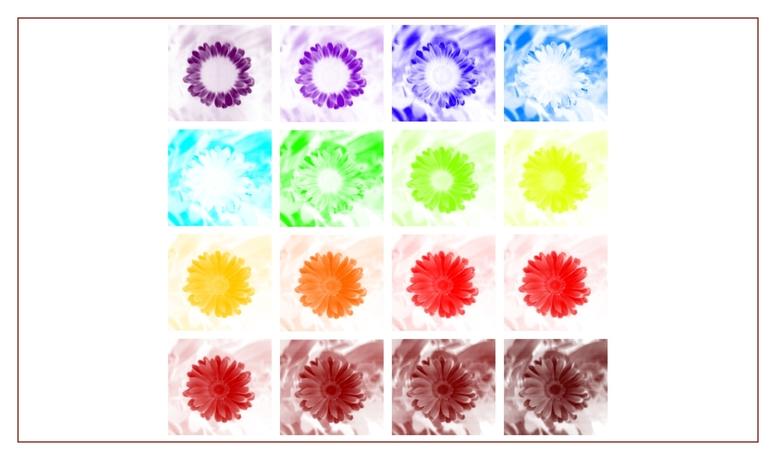
Basics Benchtop+ 1 More
Types of Hyperspectral Imaging Systems: Part 1October 18, 2023
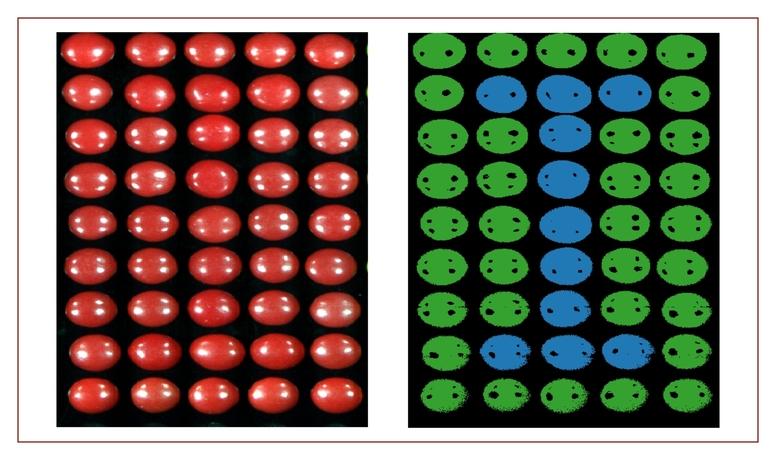
Basics
An Introduction to Hyperspectral ImagingOctober 4, 2023
Contact Us
Click below and our hyperspectral experts will contact you soon.
Complete Hyperspectral Imaging Solutions
Contact
Resonon Inc.123 Commercial Drive
Bozeman, MT 59715 USA
